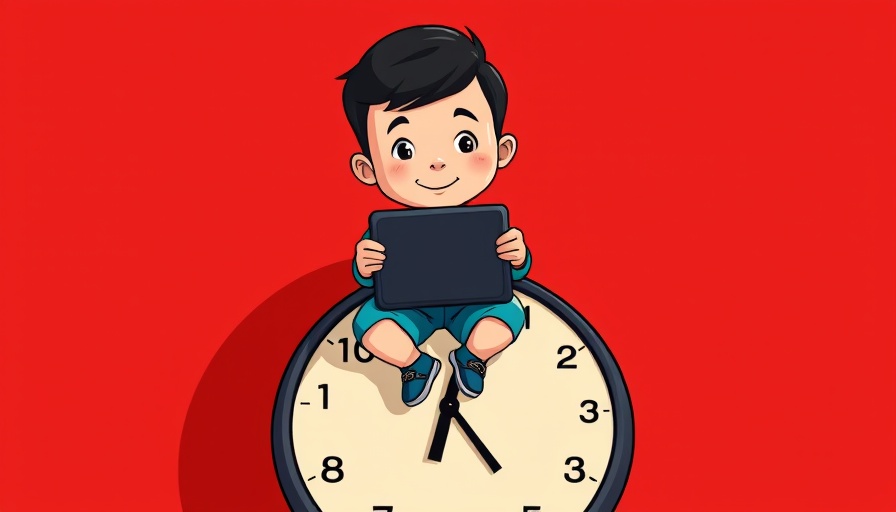
Understanding Prenatal BPA Exposure: A Closer Look
Recent research has unveiled that prenatal exposure to Bisphenol A (BPA), a common industrial chemical found in many plastic products, is associated with significant changes in brain structure resembling those commonly seen in individuals with schizophrenia. This alarming discovery raises crucial questions for parents and caregivers, especially regarding the environments we create for our little ones.
The Risks of BPA: What You Need to Know
BPA is widely used in the production of polycarbonate plastics and epoxy resins. Its prevalence means that many pregnant individuals might unknowingly increase their exposure through everyday items, including food containers and baby bottles. Research suggests that BPA can disrupt endocrine processes and be absorbed into the body, potentially impacting fetal brain development.
Impacts on Child Development: Unraveling the Connection
The study examined the brains of children exposed to BPA during pregnancy and identified alterations in brain structures that correlate with symptoms of schizophrenia. The findings underscore a critical need for awareness about the compounds found in common consumer products. As BPA may influence brain trajectories and mental health, it becomes vital for parents to be vigilant.
Protecting Our Children: Practical Steps to Reduce BPA Exposure
Parents can take proactive measures to reduce BPA exposure both during pregnancy and after childbirth. Here are some practical strategies:
- Opt for Glass or Stainless Steel: When selecting baby bottles or food storage containers, choose glass or stainless steel alternatives instead of plastic, which can leach BPA.
- Be Mindful of Your Food: Processed foods in plastic containers are often high in BPA. Focusing on fresh, whole foods minimizes potentially harmful exposure.
- Choose BPA-Free Products: Look for labels indicating 'BPA-Free' when purchasing plastic items; many manufacturers are now prioritizing safer alternatives.
- Avoid Heating Food in Plastic: Heating plastic containers can accelerate the leaching of BPA. Opt for microwave-safe glass containers instead.
The Emotional Weight of Parenting Decisions
For many parents, the notion of protecting their children from environmental hazards can feel overwhelming. It's essential to approach these decisions with understanding and compassion. Parental choices—whether regarding nutrition, exposure to contaminants, or general lifestyle—can impact child development profoundly. Engaging in community discussions about these issues can help foster a supportive environment for exploring healthier choices.
Future Implications and Ongoing Research
As new research emerges about the effects of various environmental factors on mental health, the implications extend beyond BPA. While we currently understand the links between prenatal exposure to BPA and brain changes, ongoing studies will hopefully continue to clarify how we can safeguard our children’s future mental health.
Final Thoughts: Empowering Parents
The research linking prenatal BPA exposure to changes in brain structure is a wake-up call for many. By understanding the risks and advocating for safer environments, parents can make informed choices that benefit their children's health and well-being. Embracing small changes in your lifestyle can significantly impact your child’s future.
Stay informed, stay proactive, and let’s work together to create safer, healthier spaces for our children to thrive.
 Add Row
Add Row  Add
Add 




Write A Comment